Charles Darwin’s Library Unearthed: Will It Rewrite History?
Throughout history, countless fires, wars, and acts of neglect have destroyed libraries, erasing irreplaceable knowledge and works. These losses represent the destruction of physical books and scrolls and the erasure of entire cultures, scientific discoveries, and literary masterpieces.
Charles Darwin’s library, long considered lost, has been found. Get ready to explore its treasures as the collection goes online.
Discovering Charles Darwin’s Lost Library
According to The Independent, the collection features a majority of unknown or unpublished work from Darwin, showcasing the “extraordinary extent” of the father of evolutionary theory’s research.
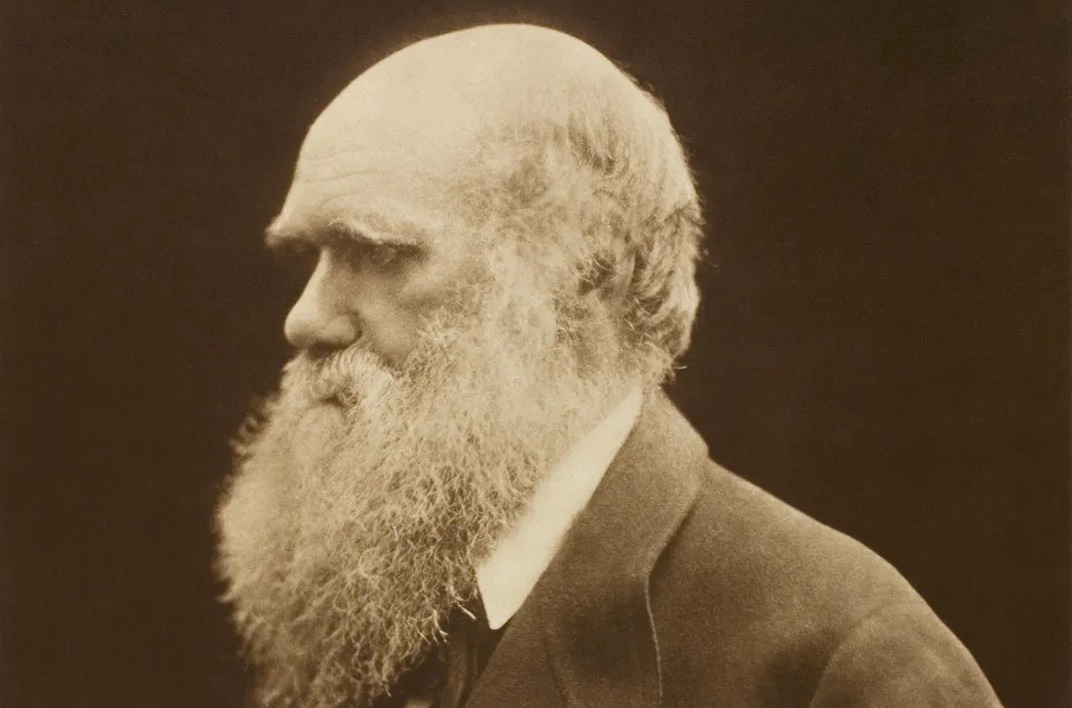
Source: Julia Margaret Cameron / Public Domain
The previous lists of the known library, which was only 15 percent of the entire collection, include books, pamphlets, and journals on subjects such as biology, geology, philosophy, psychology, and religion, as well as art, history, and travel.
Fewer Than 1,500 Books Were Thought to be Out There
Two known collections housed 1,480 books: one at the University of Cambridge and another at Down House, the Darwin family home in Downe, England. The Darwin family house remains open to the public.

Source: picqero/Flickr
Though initially recorded and preserved, Charles Darwin’s library contents gradually vanished, lost to time or scattered elsewhere.
6,000 New Titles Join the World's Bookshelf
Now, the catalog has swollen to 300 pages with the 7,400 titles and 13,000 volumes added from the newly uncovered library. Researchers found German periodicals with the first-ever photograph of bacteria with in the collection.
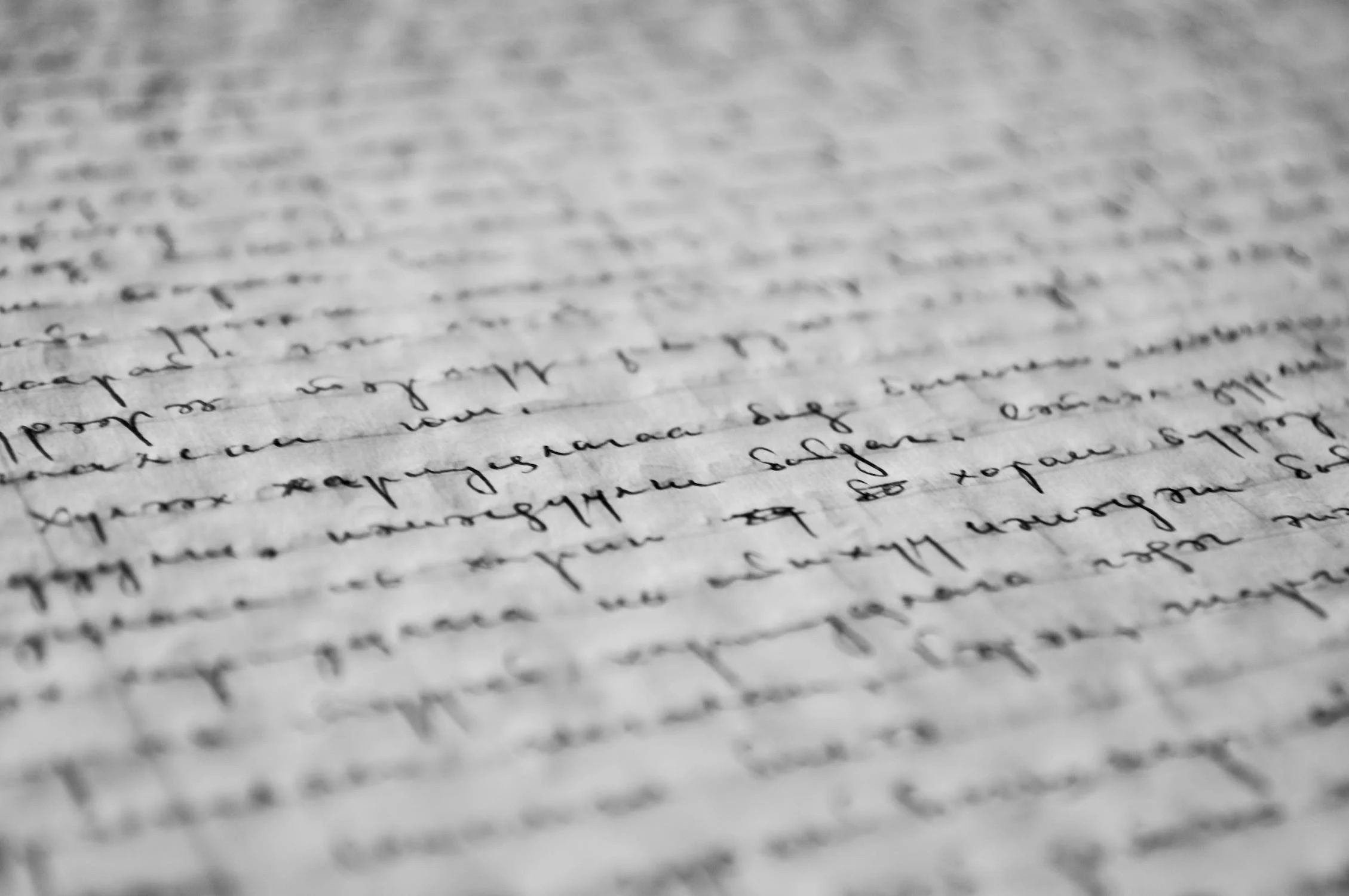
Source: Pixabay/Pexels
English dominates the collection, with the remaining works scattered across German, French, Italian, Spanish, Dutch, and Danish.
The Project Uncovered More Than Books
This project, known as The Complete Work of Charles Darwin Online, spans over 18 years. The publication of the project will coincide with Darwin’s 215th birthday.
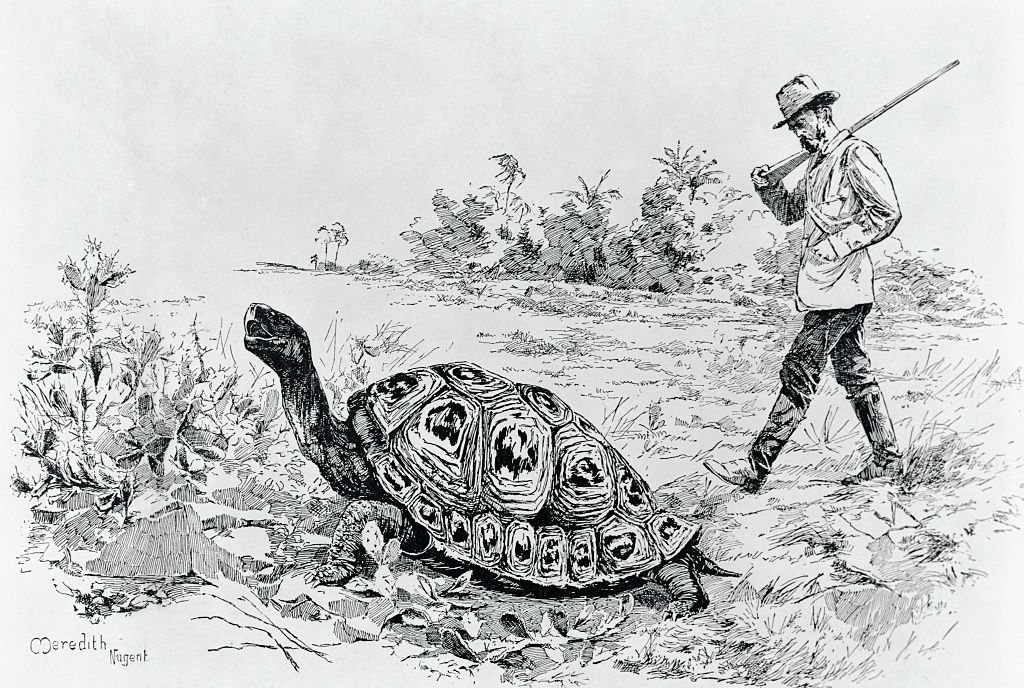
Source: Getty Images
“This unprecedentedly detailed view of Darwin’s complete library allows one to appreciate more than ever that he was not an isolated figure working alone but an expert of his time building on the sophisticated science and studies and other knowledge of thousands of people,” Dr. John van Wyhe, the leader of the project from the National University of Singapore (NUS) Department of Biological Sciences, told The Independent.
You Can Visit the Virtual Library Soon
The project’s online publication will include a virtual reconstruction of the library and about 9,300 links to copies of the available work for free. Researchers meticulously combed through a 426-page, handwritten catalog from 1875, identifying most of the titles now available.
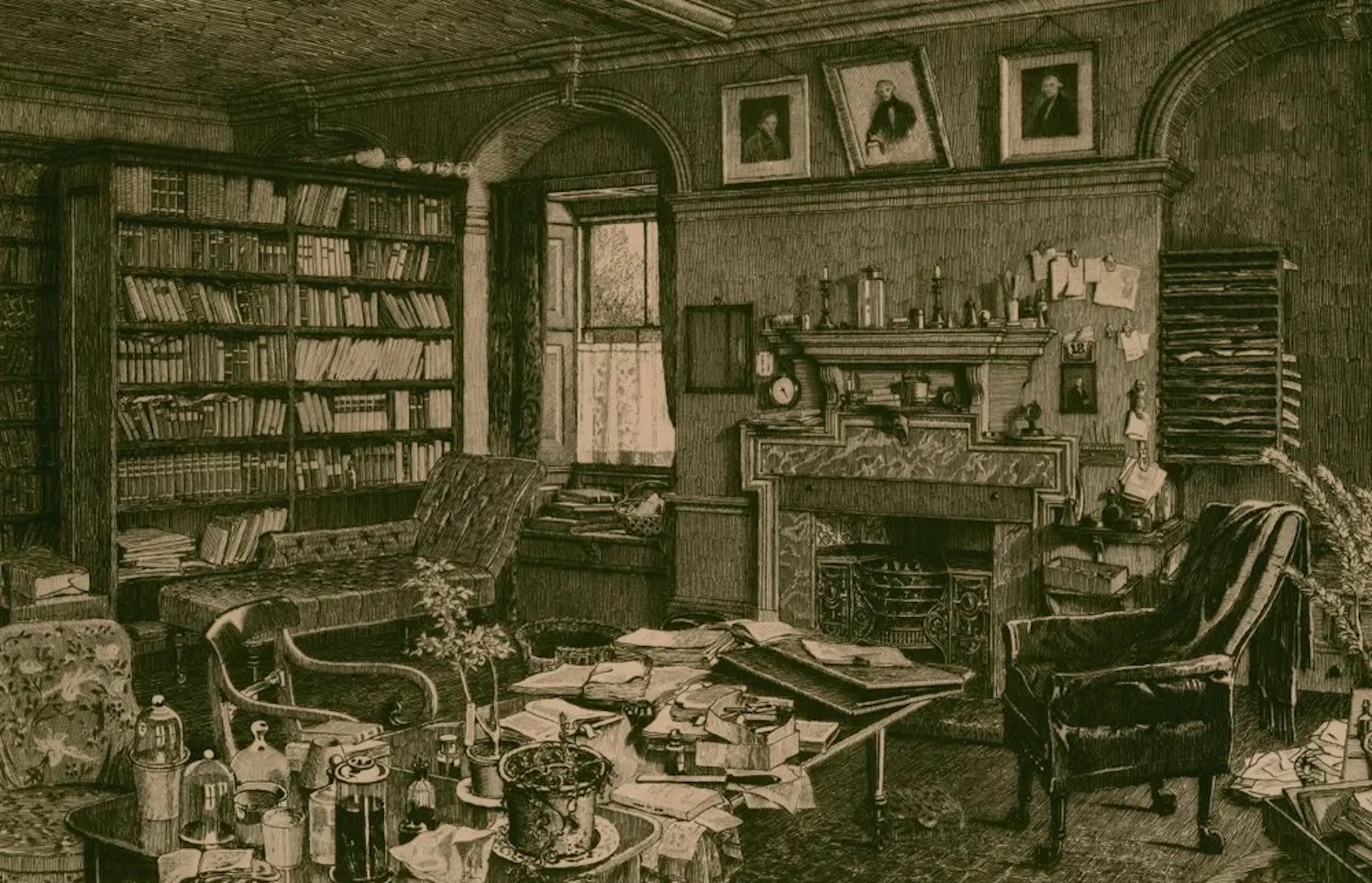
Source: Axel H. Haig / Darwin Online
Other items will include lists of pamphlets, reading notebooks, the diaries of Darwin’s wife Emma Darwin, books given to Cambridge Botany School in 1908, and 30 volumes of the Darwin Correspondence, a collection of letters that the biologist wrote to people around the world.
Other Discoveries in Darwin’s Library
Researchers also used auction records to piece together stories surrounding newly discovered and unidentified pieces in the library.
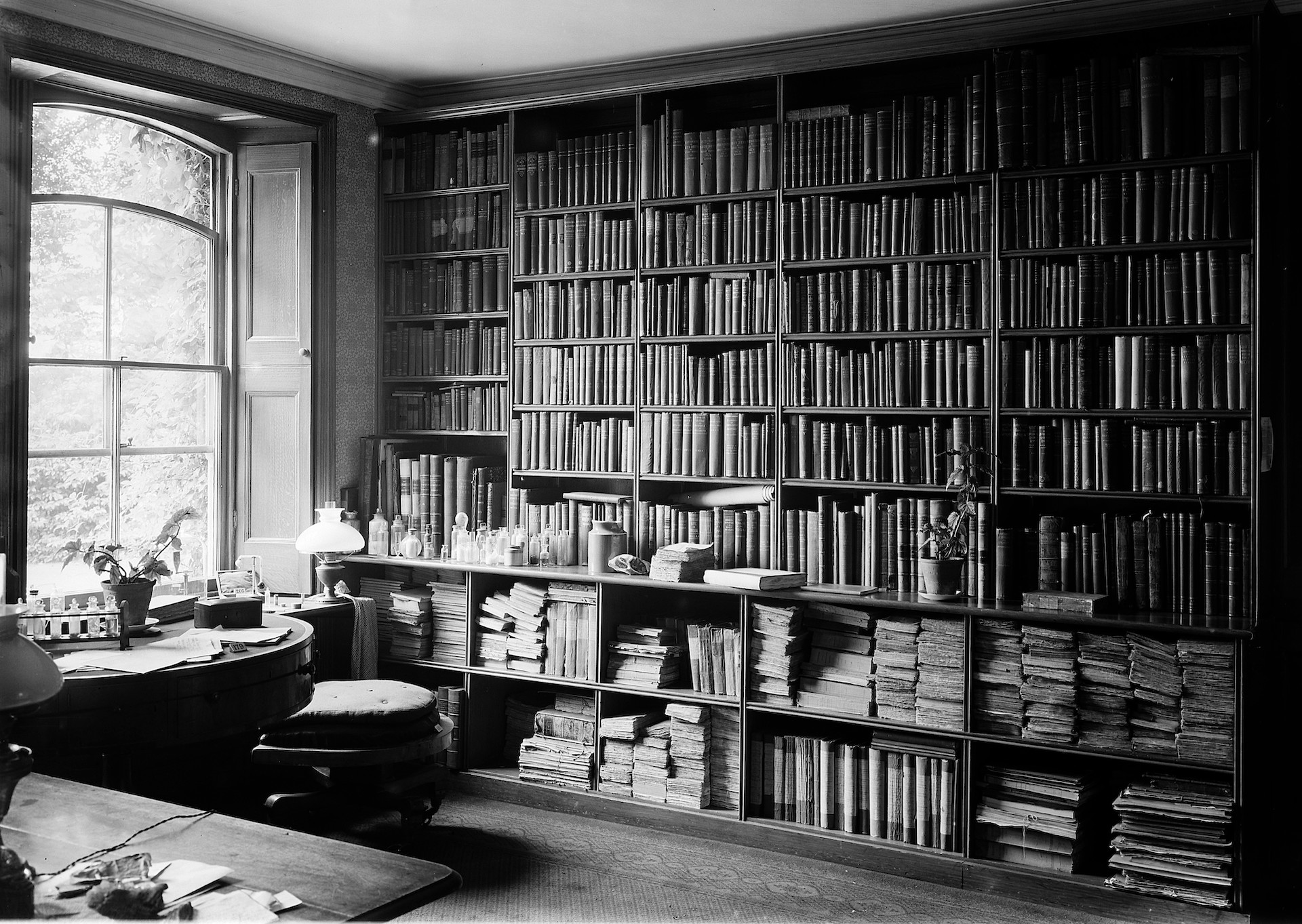
Source: Wikimedia Commons
One of the auction sales records reveals that Darwin had a copy of an 1826 article by John James Audubon’s “Account of the habits of the Turkey Buzzard (Vultura aura), particularly with the view of exploding the opinion generally entertained of its extraordinary power of smelling”
A New Side of Charles Darwin
Van Wyhe called the discovery an “overwhelming” endeavor that highlighted the extent of Darwin’s research into his work and the work of others.
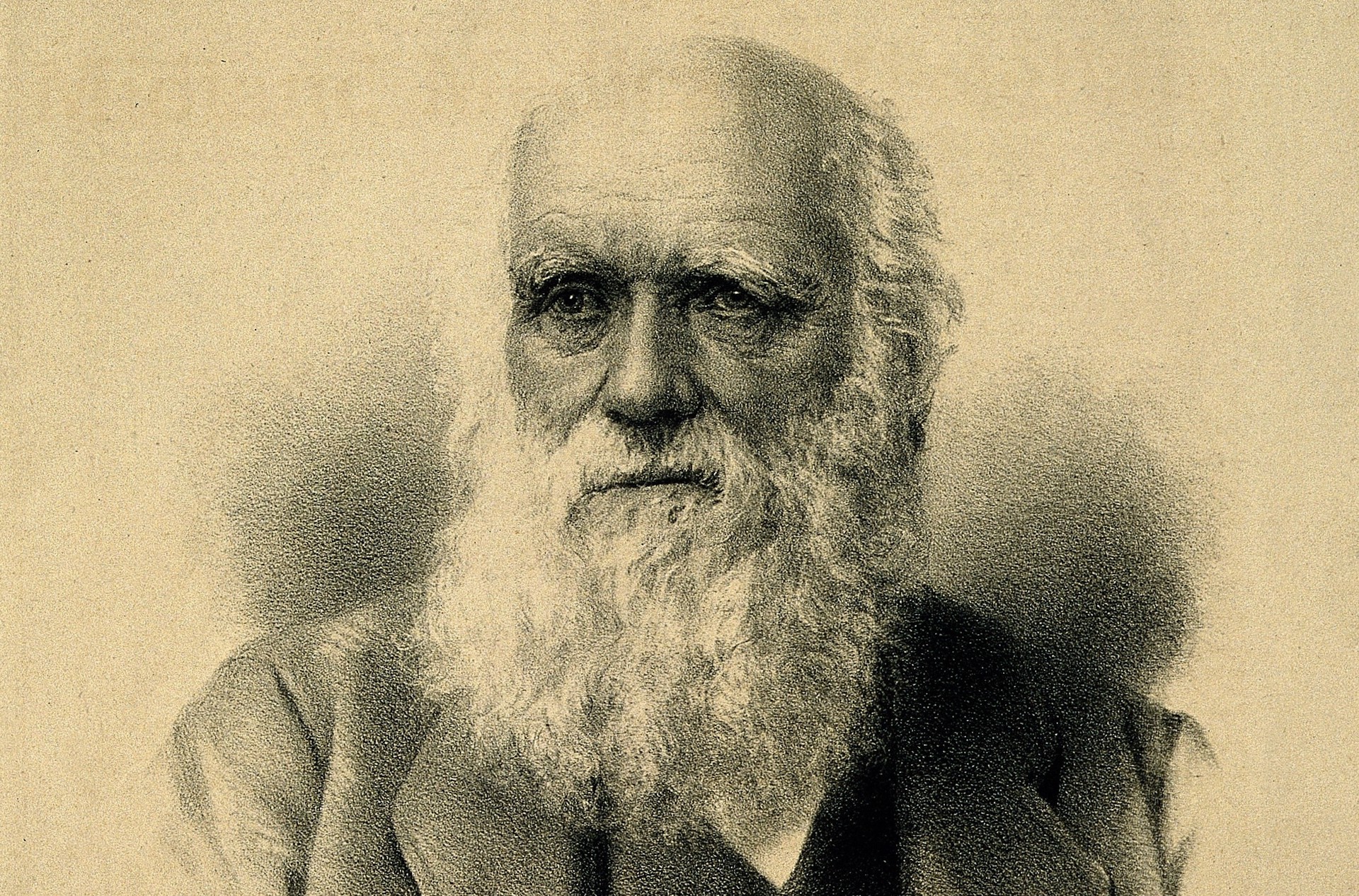
Source: Wikimedia Commons
“It also shows how insanely eclectic Darwin was,” Van Wyhe said (via The Guardian). “There is this vast sea of things which might be an American or German news clipping about a duck or invasive grasshoppers. That’s been the fun part, not the formal books but the other things … all of which pool together to make the theories and publications we all know.”
Charles Darwin Was Not Who We Thought He Was
This discovery is re-evaluating how people understood Darwin, and how the influential figure went about learning the knowledge of the natural world. His 1859 masterwork, “On the Origin of Species,” explains the theory of how life on Earth has evolved.
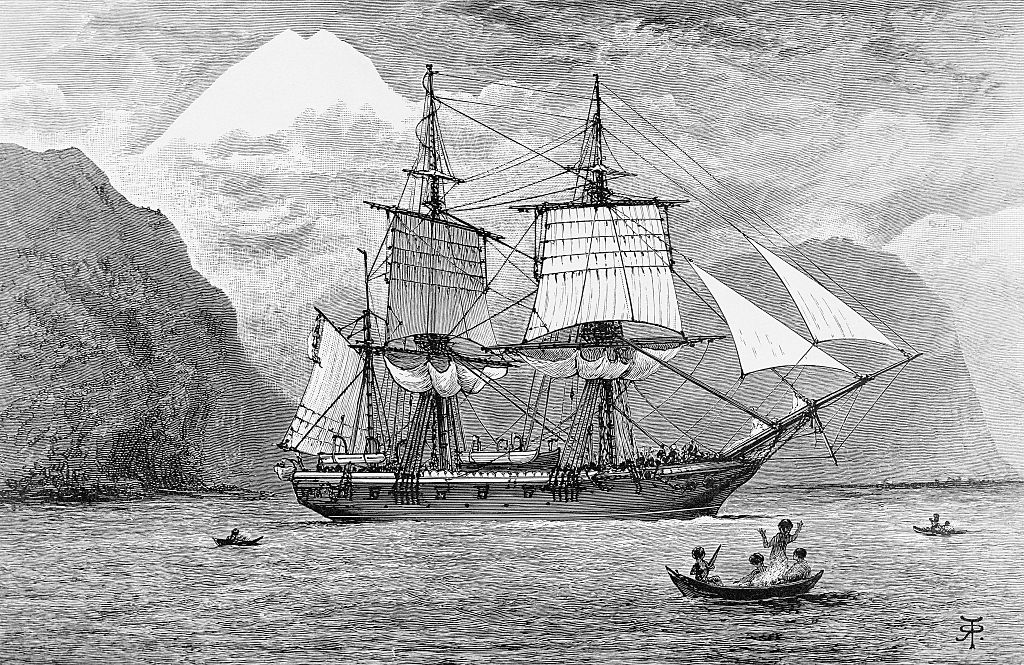
Source: Getty Images
The world no longer views its existence the same way since that book popularized the concept of evolution.
Challenging the “Lone Genius” Narrative
Van Wyhe said that this discovery shows that Darwin was “not an isolated figure working alone but an expert of his time building on the sophisticated science and studies and other knowledge of thousands of people.”
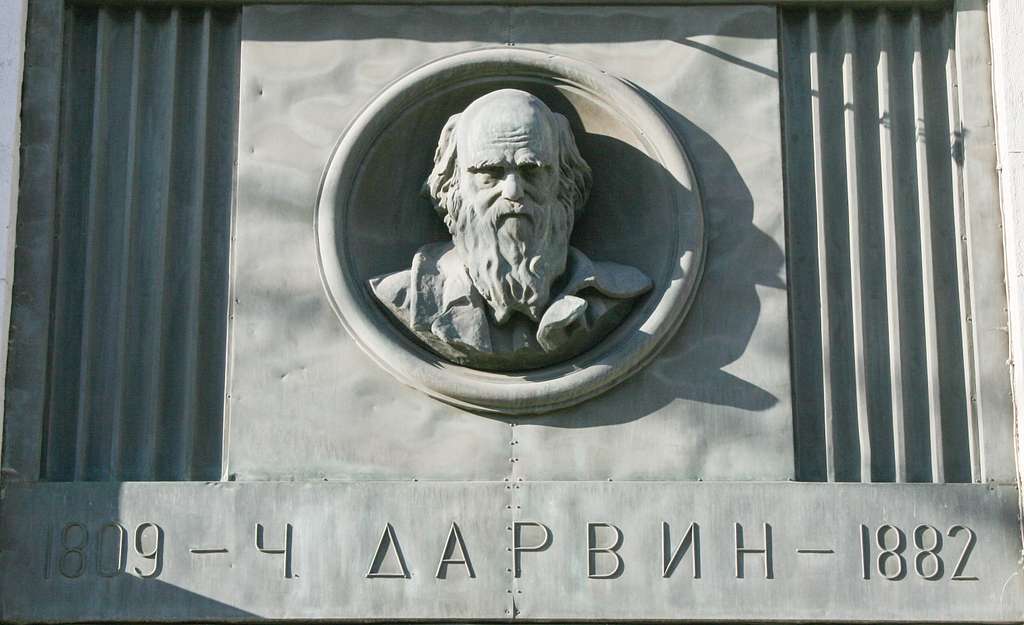
Source: Wikimedia Commons
“Now that we’ve done this I wonder ‘Why wasn’t this done many years ago’? Darwin is someone who has been written about more than most historical figures… there are jokes about it, we call it the Darwin industry,” Van Wyhe asked (via The Guardian).
Not Everything Has Been Found
Some of Darwin’s records are incomplete. Names of authors, dates of publications, or the title of a complete work that the naturalist had taken clippings from are missing. Filling in these blanks was a painstaking effort for the team.
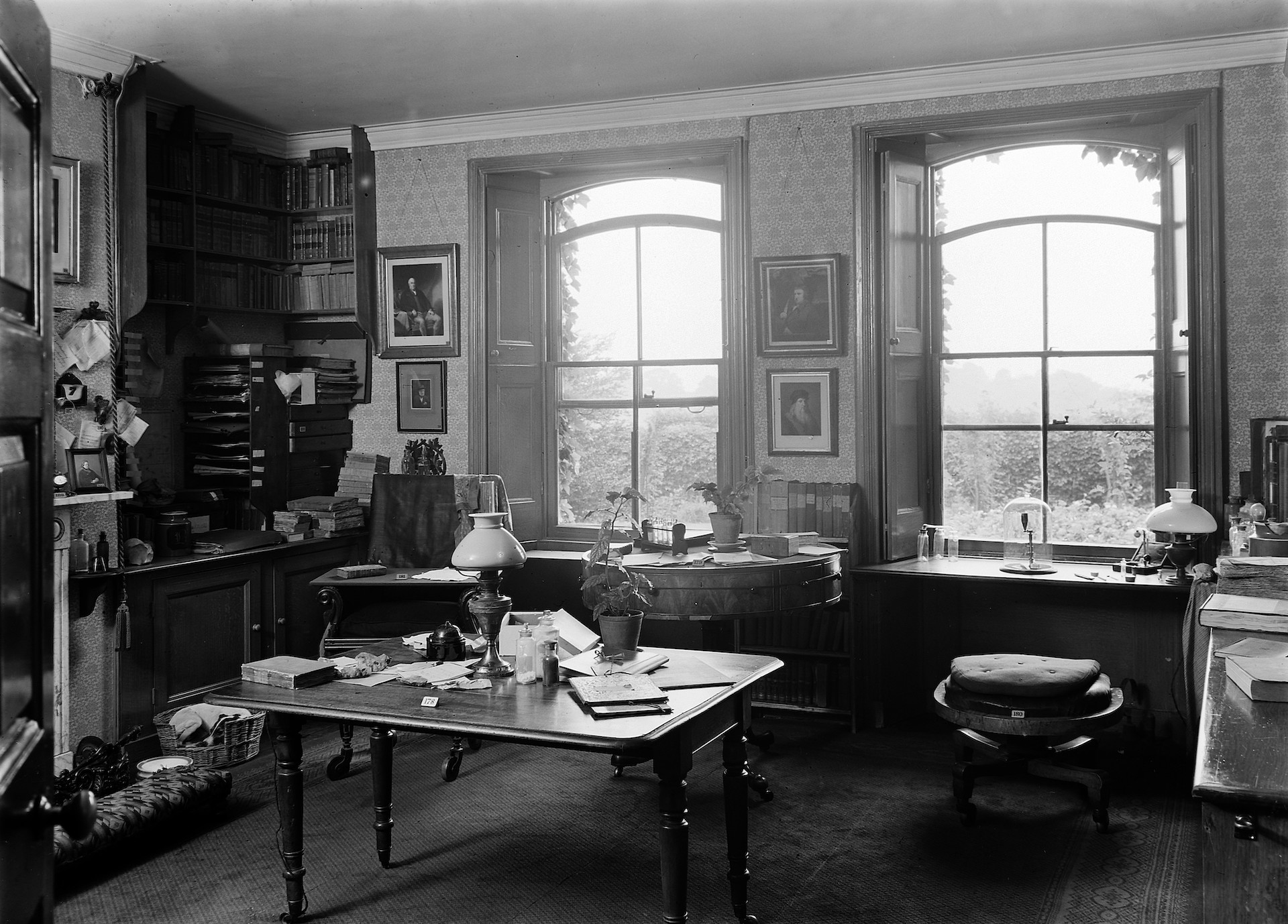
Source: Wikimedia Commons
“It has been like 5,000 little detective stories—trying to find out which author or article Darwin noted having—it is a joy to strike gold and find the exact source he was referring to,” van Wyhe tells CNN’s Ashley Strickland. “We can now show that originally he had far more in his impressive library.”
The Significance of This Discovery Beyond the Books
The rediscovery of Darwin’s library opens up exciting new avenues for exploration. While the discovery serves as a valuable resource for further research, it provides a much more nuanced understanding of Darwin and his groundbreaking work.

Source: Ylanite Koppens/Pexels
Beyond the books, this discovery contributes to a richer understanding of the scientific progress and knowledge that could benefit the generations to come.
